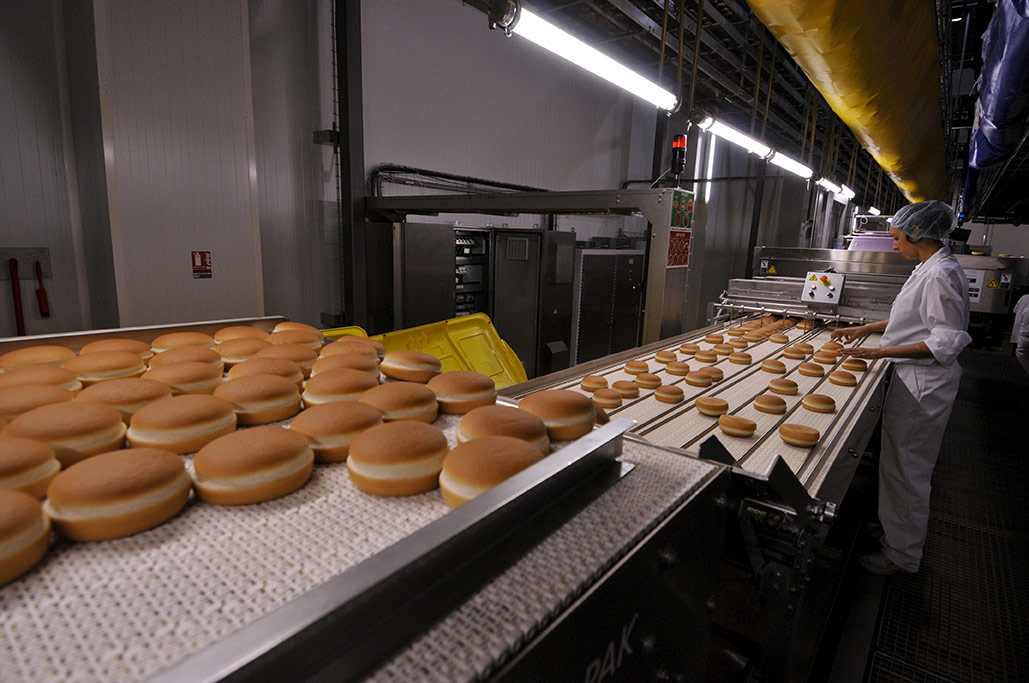Want to contribute to this article?
The British Retail Consortium (BRC) first published its Global Standard for Food Safety in 1998. Developed to help the food industry comply with UK and EU food safety laws, it's become an internationally recognised benchmark for best practice in food safety, quality and responsibility, with over 17,000 BRC-certified sites worldwide.
Now in its seventh issue, the standard gives organisations working in the food industry – retailers, manufacturers, importers, caterers, ingredient suppliers – a framework for managing the safety, integrity and quality of their products and services. Many retailers across the UK, the US and Europe will only do business with suppliers who have passed audit and been accredited by a BRC certification body.
Below, we take a closer look at what the standard covers, what the latest issue (January 2015) introduced, and how your organisation can benefit from accreditation.

What the standard covers
The Global Standard for Food Safety sets out requirements for how processed foods and other products (for example, branded foods; retailer-brand foods; or ingredients used by food service companies, caterers or manufacturers) should be made or prepared. Only those products manufactured, prepared or stored at the site audited as part of the certification will apply.
The standard's divided into seven sections:
1 – Senior management commitment and continual improvement
Your senior managers must commit to implementing and continually improving your organisation's food safety processes.
2 – The Food Safety Plan – HACCP
Having a Hazard Analysis and Critical Control Point (HACCP) plan in place allows you to identify and manage any biological, chemical or physical hazards that could make the food you produce unsafe to eat.
3 – Food safety and quality management system
You should implement a system that enables you to produce safe products, meet customers' expectations and ensure staff are well trained.
4 – Site standards
Sites on which you manufacture or prepare food must be laid out, maintained, cleaned and secured according to strict standards. Your organisation must also meet requirements relating to the control of pests and foreign bodies.
5 – Product control
For your products to be considered safe, you need to demonstrate that you properly manage things such as allergens, provenance and product testing.
6 – Process control
You must implement your HACCP plan from day to day, and have effective procedures in place for ensuring you manufacture your products to the correct quality.
7 – Personnel
This part of the standard covers training, protective clothing, and hygiene.
BRC 7 aims to promote best practice and ensure that organisations are working to strong, consistent standards. By gaining the BRC certification, you can assure your customers that you're highly competent at monitoring and continually improving the quality and safety of your product, and that you've taken every possible precaution to prevent problems should that quality and safety ever be challenged.

What's in the latest version
BRC periodically review and update the standard to reflect changes in food safety laws and any new risks that may have emerged. Issue 7 of the standard was published in January 2015, and contains the following new sections.
Labelling and packaging control
Issue 7 improves requirements around labels and packaging control, with the aim of reducing the number of product recalls caused by incorrect labelling. You must have an effective procedure in place for reviewing your labels whenever you change your product's recipe or obtain raw materials from a different supplier, for example. If those labels are your customer's responsibility, you must make sure your customer has the new information.
You must also have a formal process for ensuring packing lines are using the latest labels.
Managing suppliers of raw materials and packaging
The updated standard now includes packaging as part of the requirement relating to how you manage your raw-materials suppliers. And as well as the usual HACCP risk assessments for allergens, contamination and so on, you must carry out risk assessments for substitution or fraud, and review these at least once a year.
If you have any suppliers who are considered "high risk", you will need documented proof that they're effectively managing risks to the quality and safety of the raw materials, and operating effective traceability processes.
Audits
Exclusions – i.e. when you're only looking to get certified in a certain area or part of your operation – were found to be causing much confusion in terms of employees being unsure what rules apply to what production lines and so on. Issue 7 has taken away many of the circumstances in which exclusions could be stipulated within audits.
Product authenticity, claims and chain of custody
New requirements in Issue 7 limit the risk of BRC-certified sites purchasing fraudulent or adulterated raw materials.

Benefits of certification
- Protects your brand and your customers
- Allows you to do business with those retailers, manufacturers, ingredients companies and food service organisations who specify certification as part of their approval process
- Helps reduce the number of product recalls, customer complaints and rejected products
- Incorporates food safety management systems and internationally accepted best practice to ensure the safety and quality of products
- Audits are carried out by trained and experienced certification bodies working to BRC Global Standards
The BRC Global Standard for Food Safety was the first standard to meet the Global Food Safety Initiative (GFSI) benchmark, which means it's accepted by many of the world's biggest retailers, such as Tesco and Walmart. Achieving the certification ensures your customers have confidence in your products.
What you should do now
Want more information about BRC 7? Sign up for the GRC Newsletter.









Share your thoughts on this article